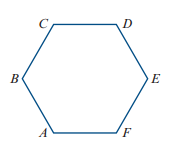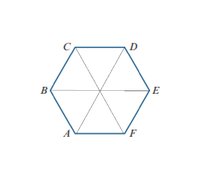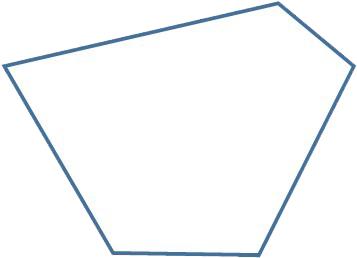Hello.
I came across this vector geometry question and I haven't made much progess on it.
Question:
The figure shows a regular hexagon ABCDEF. Let a = →AF and b =→AB.
Express →CD in terms of a and b.
My Progress:
→FB = -b+a
All angles are 120 degrees.
Im assuming this answer is simple like →CD = →AF but how do we know this?
Anything helps.
Thanks
I came across this vector geometry question and I haven't made much progess on it.
Question:
The figure shows a regular hexagon ABCDEF. Let a = →AF and b =→AB.
Express →CD in terms of a and b.
My Progress:
→FB = -b+a
All angles are 120 degrees.
Im assuming this answer is simple like →CD = →AF but how do we know this?
Anything helps.
Thanks



